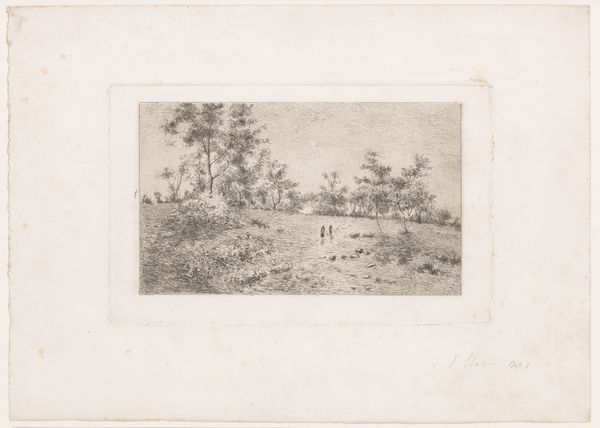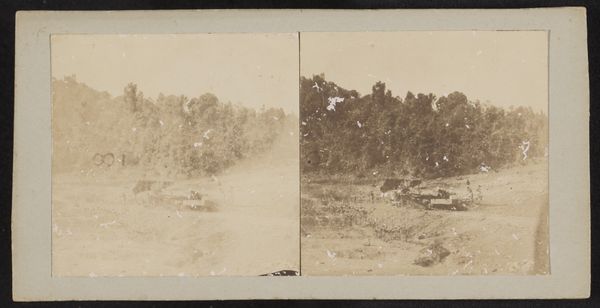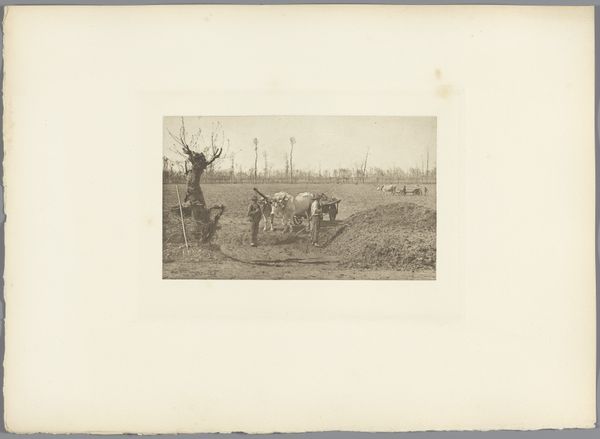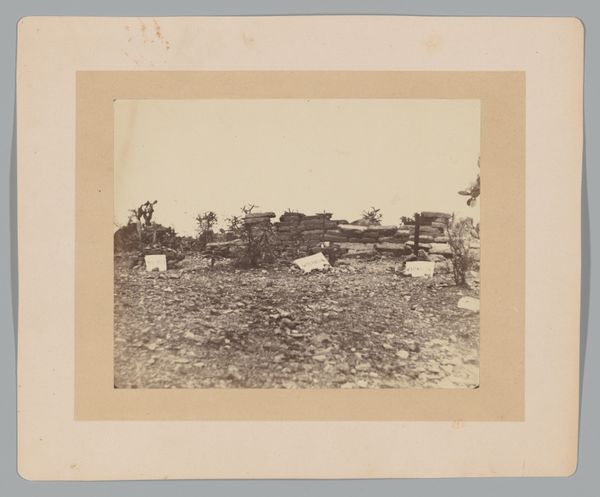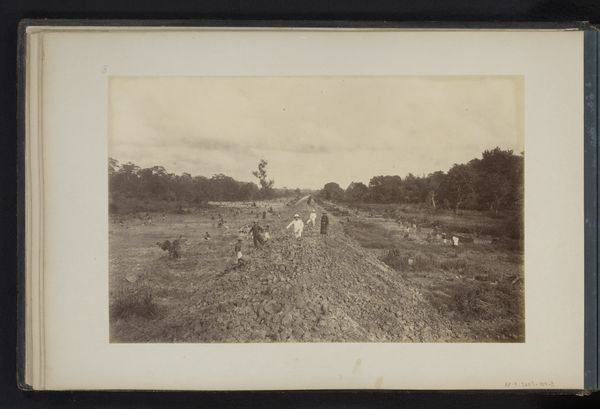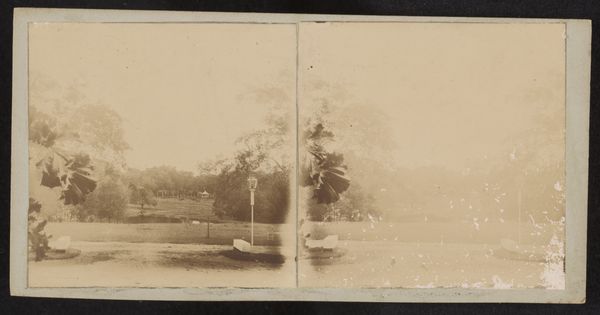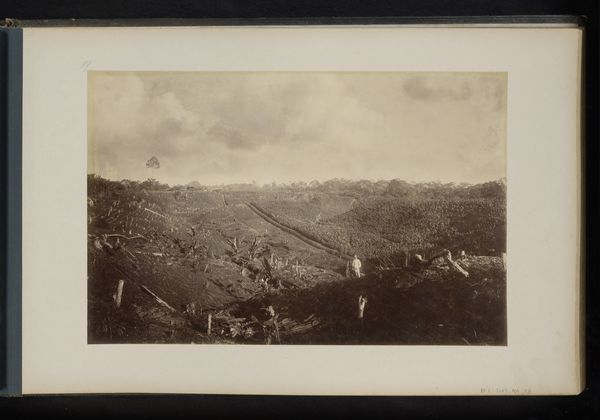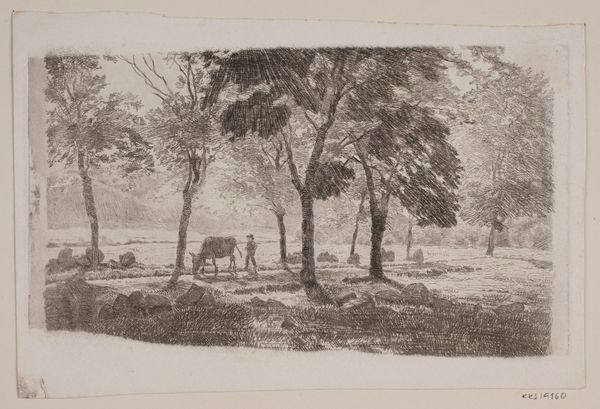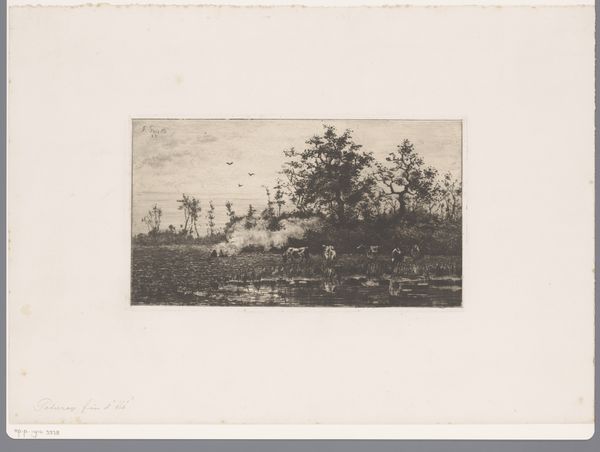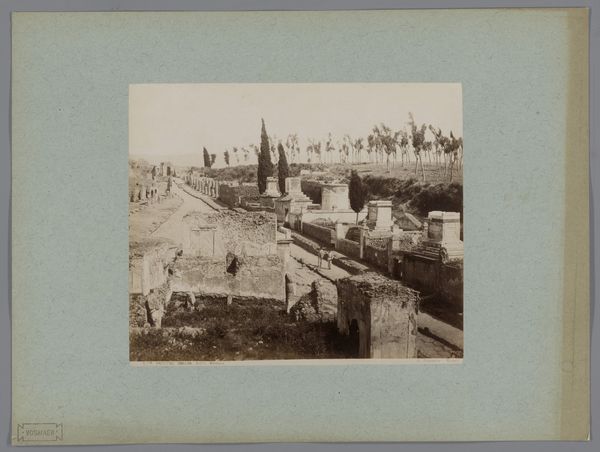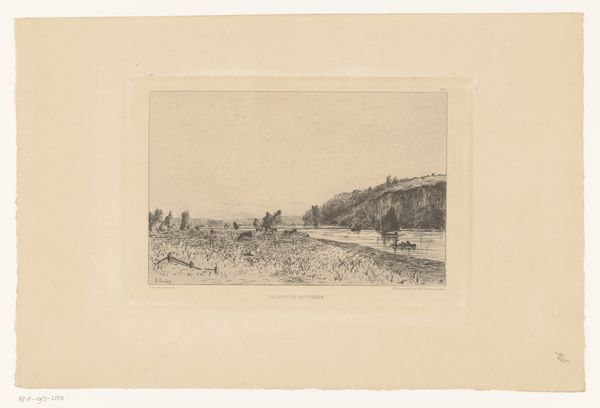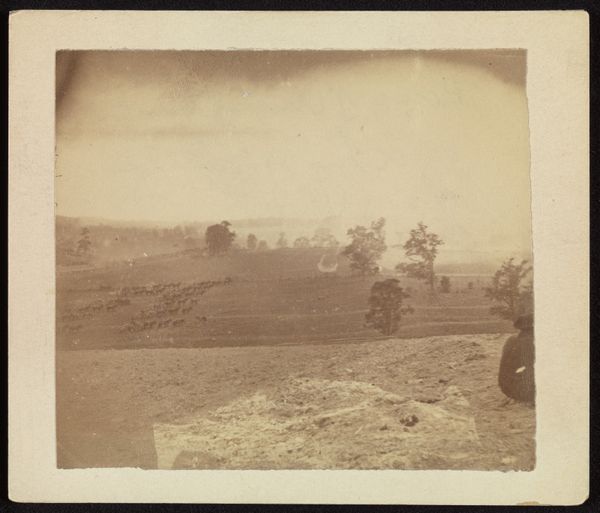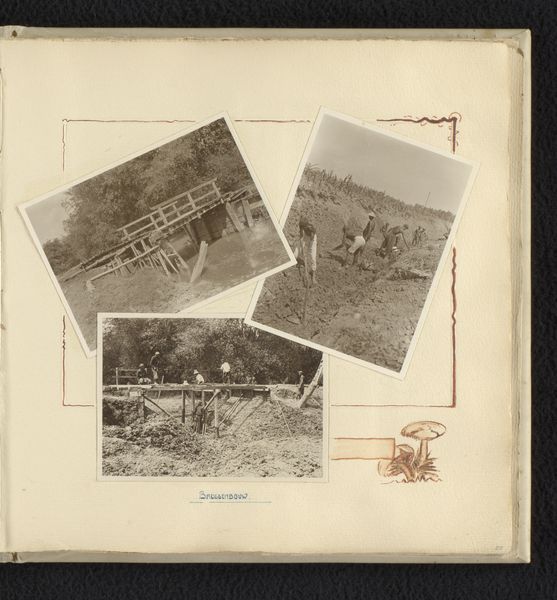
Arbeiders werken met een olifant op de Lau-Boentoe plantage, Sumatra c. 1890 - 1900
0:00
0:00
photography, gelatin-silver-print
#
landscape
#
photography
#
photojournalism
#
orientalism
#
gelatin-silver-print
#
genre-painting
Dimensions: height 265 mm, width 355 mm
Copyright: Rijks Museum: Open Domain
This photograph shows workers with an elephant on the Lau-Boentoe plantation, Sumatra, and was made by Heinrich Ernst & Co. The image depicts the exploitation of both human and animal labor in the context of colonial agricultural practices, reflecting the economic structures imposed on Indonesia by Dutch colonialism. The presence of the elephant underscores the use of animals as tools in this system, while the workers represent the local population subjected to forced labor. The Lau-Boentoe plantation was likely part of the extensive network of Dutch-owned plantations that dominated the Sumatran landscape. These plantations were designed to produce cash crops for export to Europe. To fully understand the photograph, researchers could consult colonial archives, plantation records, and studies on the socio-economic history of Sumatra under Dutch rule. The photograph serves as a potent reminder of the human and environmental costs of colonial enterprises.
Comments
No comments
Be the first to comment and join the conversation on the ultimate creative platform.
